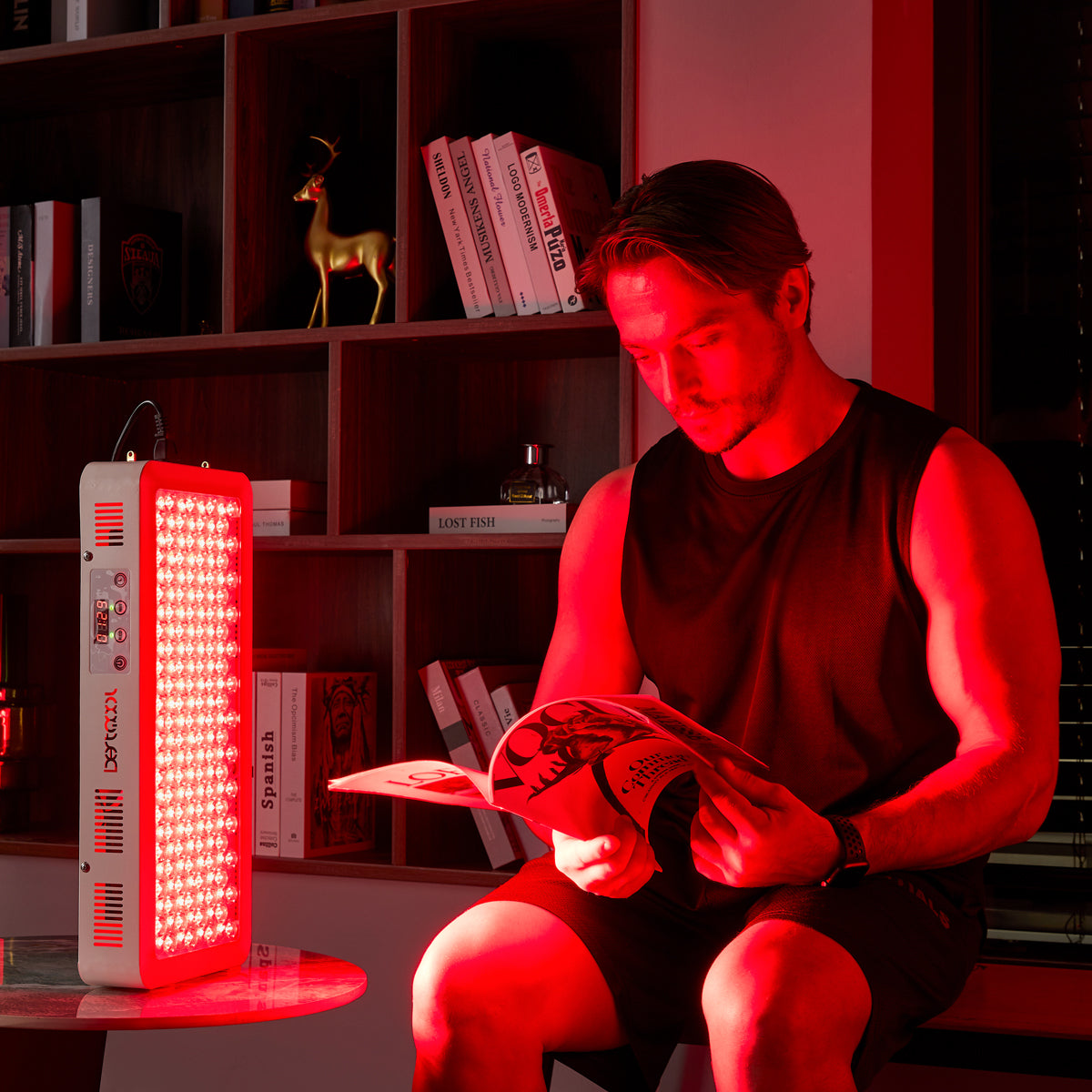Unlock Radiant Skin: Discover the Secret Power of Top Red Light Therapy Devices!
Red light therapy is quickly becoming a go-to treatment for those seeking to enhance their skincare routine. With its non-invasive approach, this therapy harnesses specific wavelengths of light to promote skin health and rejuvenation. As the beauty industry continues to evolve, many are turning to this innovative solution for its numerous benefits, ranging from anti-aging effects to improved skin texture. Whether you're a skincare enthusiast or someone simply curious about the latest trends, understanding red light therapy and the available devices can guide you in making an informed decision. In this article, we will explore the benefits of red light therapy, key features to consider when selecting a device, and a comparison of the top options on the market.

Understanding Red Light Therapy
Red light therapy (RLT) involves exposure to low-level wavelengths of red or near-infrared light. These wavelengths penetrate the skin, stimulating cellular processes that promote healing and rejuvenation. The science behind RLT lies in its ability to enhance mitochondrial function — the powerhouse of our cells. By increasing ATP (adenosine triphosphate) production, red light therapy boosts energy levels in cells, leading to improved skin health. Studies have shown that wavelengths between 600 to 900 nanometers are particularly effective for skin treatments. This unique approach not only helps in healing damaged skin but also plays a vital role in collagen production, making it a popular choice for those looking to improve their overall skin appearance.
Benefits of Red Light Therapy for Skin
The benefits of red light therapy for skin are extensive and well-documented. One of the most notable advantages is its anti-aging properties. Many users have reported a reduction in fine lines and wrinkles, thanks to increased collagen synthesis. Additionally, RLT has been effective in treating acne and reducing scars by encouraging skin cell turnover and reducing inflammation. Improved skin texture and tone are also common outcomes, as the therapy promotes a more vibrant appearance. Friends of mine who have tried red light therapy at home have shared their positive experiences, noting that their skin feels tighter and more radiant after consistent use. This treatment is not just about aesthetics; it offers a holistic approach to skin health that can benefit a wide range of concerns.
Key Features to Look for in Red Light Therapy Devices
When considering a red light therapy device, it's essential to evaluate several key features to ensure you choose the best option for your needs. First, consider the wavelength: devices that emit light in the optimal range of 600 to 900 nanometers will provide the most significant benefits for skin health. Intensity is another crucial factor; higher intensity levels may lead to quicker results, but comfort during treatment should not be compromised. Treatment time is also important; different devices may require varying lengths of exposure to achieve optimal results. Lastly, safety features such as overheating protection and skin type adaptability can enhance the user experience. By keeping these factors in mind, you can make a more informed choice when selecting a red light therapy device.
Comparison of Top Red Light Therapy Devices
In the market, red light therapy devices come in various forms, including handheld devices, masks, and panels. Handheld devices are often favored for their portability and ease of use, making them ideal for targeted treatments. However, they may require more time to cover larger areas of the skin. Masks are excellent for full-face treatments, providing even coverage and convenience, but they can be bulky and less versatile for other body parts. Panels, on the other hand, are designed for broader treatment areas and can deliver high-intensity light, making them suitable for users seeking quicker sessions. Each type has its pros and cons, and the choice largely depends on personal preference and specific skincare goals. By exploring the different options, you can find a device that aligns with your lifestyle and skincare needs.
Enhancing Skin Health with Red Light Therapy
In summary, red light therapy presents a promising solution for those looking to improve their skin health and appearance. With proven benefits such as anti-aging effects, acne reduction, and enhanced skin texture, it's no wonder this therapy is gaining popularity. By understanding the key features to consider and comparing the various device types available, you can make an informed decision that best suits your skincare journey. Embrace the power of red light therapy and unlock the potential for radiant, youthful skin!










Comments